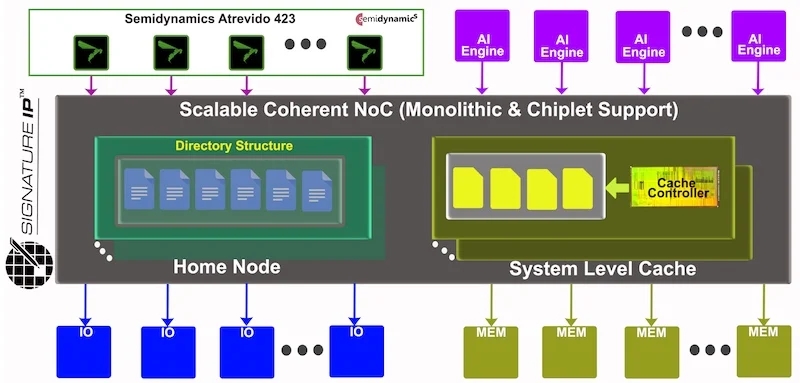Development Boards Built to Kick Start Automotive, Edge AI, & IoT Design
Renesas, Infineon, Edge Impulse, and AnalogLamb have released boards and kits—all with the goal of accelerating development cycles in embedded systems.
Designers have many development board and kit options at their disposal when working with embedded systems. These boards accelerate the development process of software codes and machine learning algorithms. As the summer winds down, this article rounds up three development boards and kits released over the summer geared for a range of applications, from automotive to edge IoT.
Renesas Releases R-Car S4 Starter Kit
Targeting automotive gateway systems, Renesas unveiled a new dev board said to speed up the development of software applications in car servers, connected gateways, connectivity modules, and more. The board incorporates an R-Car S4 system-on-chip (SoC) that supports software codes for automotive gateways.
Leveraging communication features and interfaces such as the Ethernet time-sensitive networking (TSN) switch and controller area network flexible data rate (CAN FD), the SoC provides several communication protocols for cloud use cases and vehicle control. Thanks to the stack of memory, such as 4 GB of LPDDR4, 128 GB of universal flash storage (UFS), and 64 MB of Quad SPI Flash memory, the product is reported to offer a high computing performance. .jpg)
Close-up view of the R-Car S4 board.
Developers can integrate the R-Car S4 SoC with Renesas’ R-Car S4 Whitebox SDK. The SDK provides an open-source development environment where users can test programs and make prototypes and evaluations.
Infineon and Edge Impulse Team Up for Edge AI Development
Infineon is teaming up with Edge Impulse to deploy edge machine learning (ML) applications on the PSoC 63 Bluetooth LE microcontroller (MCU). With a dual-core Arm Cortex M4F and Arm Cortex-M0+ chip architecture, Bluetooth LE 5.2, and 150 MHz clock speed, the MCU can support Tiny ML-based AI applications.
.jpg)
The CY8CKIT-062-BLE development kit allows users to develop embedded solutions with the PSoC 63 Bluetooth LE MCU.
With the support of Infineon’s PSoC 63 MCU, the Edge Impulse platform provides the means for users to collect data, pre-process it, design ML algorithms, and deploy it on Infineon’s MCU. For instance, designers can support a full-fledged edge AI application when Infineon’s CY8CKIT-062-BLE development board is integrated with the CY8CKIT-028-EPD, an E-ink display shield board. This setup allows users to collect real-time data from the E-ink display shield board’s sensors, preprocess it via the Edge Impulse platform, and deploy a production-ready ML algorithm on the PSoC 63 Bluetooth LE MCU.
Infineon and Edge Impulse say their solution can help users seamlessly deploy custom AI/ML models in a wide range of applications, including edge IoT applications.
AnalogLamb's Three New RISC-V Breakout Boards
Wrapping up, we'll take a look at three low-cost breakout boards from AnalogLamb. Built for fast interrupt speeds, the family of CH32V breakout boards offer support for 32-bit RISC-V core MCUs. The 32-bit RISC-V core was designed by Qinheng Microelectronics.
The three breakout boards in the series include the Polos CH32V003, Polos CH32V203F8, and Polos CH32V305. These boards incorporate MCUs that support development with C/C++ SDK, Arduino Library, and MounRiver Studio (MRS) integrated development environment (IDE). The MCUs also feature data communication interfaces such as the I2C, UART, and so on. 
Close-up views of the breakout boards.
The QFN20-packaged Polos CH32V003 includes the CH32V003F4U6 MCU; the TSSOP20-packaged Polos CH32V203F8 features the CH32V203F8P6 MCU; and the TSSOP20-packaged Polos CH32V305 embeds the CH32V305FBP6 MCU.



.jpg)